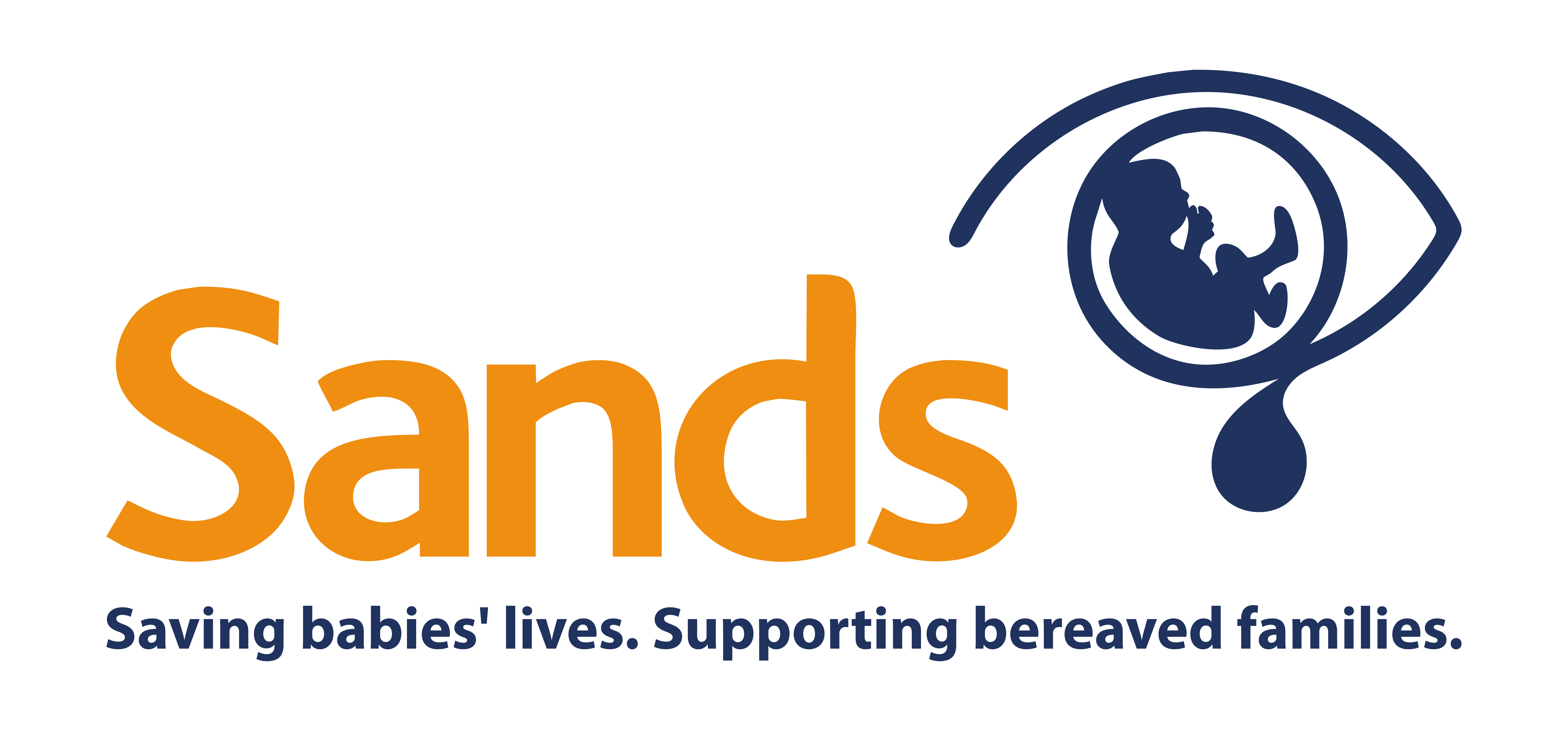Figures published today by the Office for National Statistics have confirmed that in 2020 the stillbirth rate in England was the same as the previous year.
The figures also showed that the neonatal death rate (babies who die within the first 28 days of life) has now been at the same level since 2014.
The Department of Health and Social Care has committed to halving the rate of stillbirths and infant deaths in England by 2025.
But the decline in stillbirths over the last eight years has stalled. There would need to be around 700 fewer stillbirths a year and around 150 fewer neonatal deaths to meet the national ambition.
Understanding more about the numbers
These numbers mean that sadly 4,022 babies were stillborn or died shortly after birth in England and Wales during 2020. Every day, 11 families received the heart-breaking news of the loss of their precious baby.
Since 2014, the number of babies born before 24 weeks gestation has increased. Sadly, babies born at these very early gestations are unlikely to survive. The increase in these deaths is driving the unchanging overall rates of neonatal mortality.
The Government in England has now decided to exclude these early neonatal deaths when measuring their ambition to cut deaths by 50% by 2025.
It's vital these babies, born so early, are not forgotten and everything possible is done to reduce extreme pre-term births.
Today’s figures also show that in Wales the stillbirth rate has stayed fairly constant since 2017, and remains higher than in other UK countries. Worryingly, the neonatal death rate is also not showing signs of falling. We need to see more rapid progress to reduce rates of Welsh baby deaths.
Sands is working hard to ensure parents' voices are at the heart of initiatives to prevent avoidable deaths, wherever possible, and that the Government’s ambition is achieved
The reasons why babies die are complex and made up of multiple factors. When combined these can deepen inequalities for some families. The Government must set a target to reduce these clear inequalities in perinatal mortality.
Our work to save more babies’ lives
These statistics tell the continuing tragic story of those babies who have died. Understanding why babies die is vital if we are to save more lives. That’s why Sands is working tirelessly with bereaved parents and collaborating with world-leading researchers and clinicians to find the answers.
And it’s thanks to our supporters and partners that Sands has been able to play a central role in reducing the rate of deaths from 17 babies a day in 2009 to 13 babies a day in 2020. But there is so much more to do.
We are here to support bereaved families
At the heart of our work is the support we provide to bereaved parents and families, and we cannot forget that even with the progress made in saving babies’ lives, 13 families a day are still left devastated by the death of a baby.
If you or someone you know needs support, Sands is here for you.
